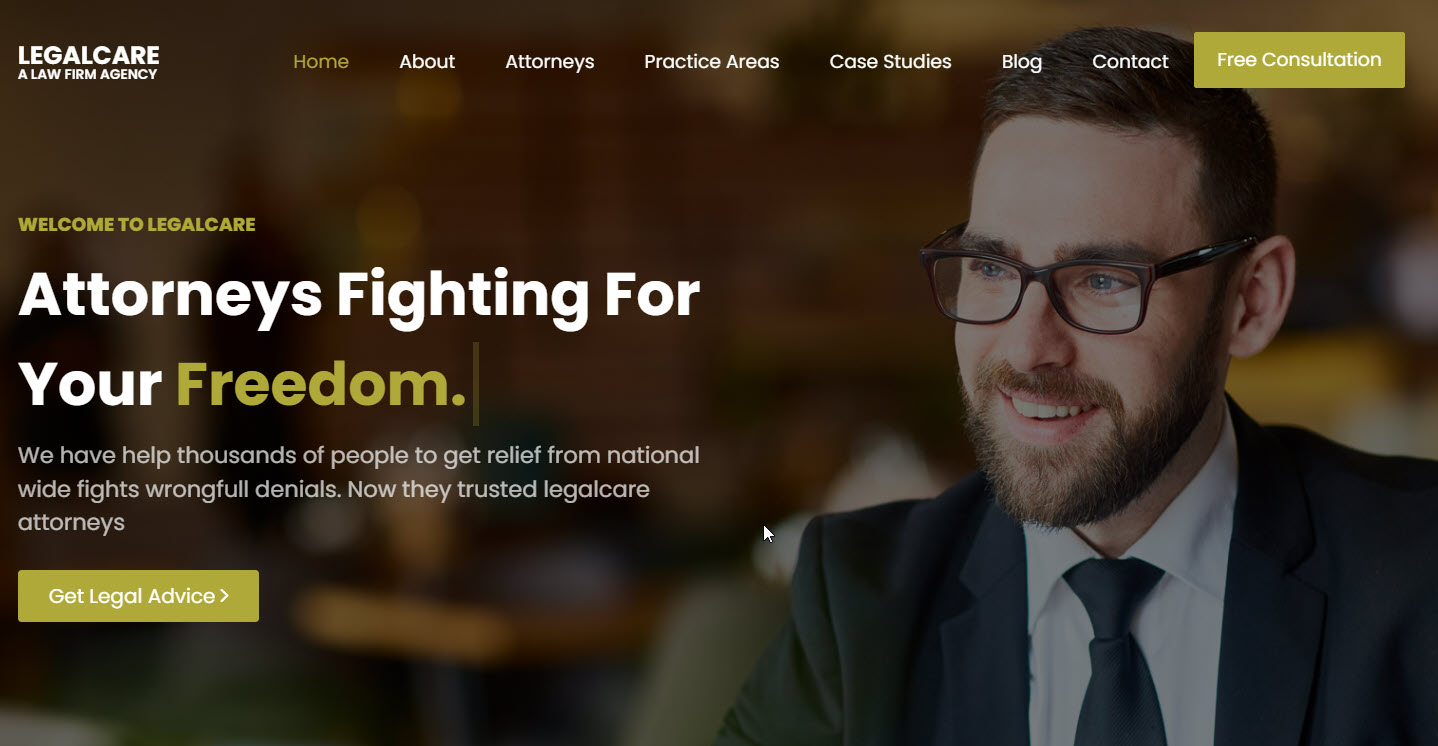GOOGLE ADS MANAGEMENT
ALL SERVICES- GRAPHIC DESIGN & BRANDING
➥ WEBSITE DESIGN TORONTO
➥ TORONTO LOGO DESIGN
➥ BROCHURE GRAPHIC DESIGN
➥ INFOGRAPHIC DESIGN
➥ BUSINESS CARD DESIGN
➥ PACKAGE DESIGN TORONTO
➥ ILLUSTRATION DESIGN
➥ ADVERTISING POSTER DESIGN
➥ BRANDING STRATEGY & SERVICES- ➤ VIEW ALL SERVICES
WEB DEVELOPMENT & SUPPORT
➥ CUSTOM WEB DESIGN TORONTO
➥ ECOMMERCE WEBSITE DESIGN TORONTO
➥ WEBSITE MAINTENANCE SERVICES
➥ SHOPIFY WEBSITE DESIGN
➥ SHOPIFY EXPERTS TORONTO
➥ WORDPRESS DEVELOPMENT
➥ WORDPRESS MAINTENANCE- ➤ VIEW ALL SERVICES
WEBSITE MARKETING & CONTENT
➥ SEO PACKAGES TORONTO
➥ TORONTO SOCIAL MEDIA AGENCY
➥ CONTENT MARKETING TORONTO
➥ PPC MANAGEMENT TORONTO
➥ AFFILIATE MARKETING CANADA
➥ STRATEGIC CONSULTATION- ➤ VIEW ALL SERVICES
ABOUT
RESOURCES- LET’S CHAT
Questions? Call us at
647-348-4995

GOOGLE ADS MANAGEMENT
ALL SERVICES- GRAPHIC DESIGN & BRANDING
➥ WEBSITE DESIGN TORONTO
➥ TORONTO LOGO DESIGN
➥ BROCHURE GRAPHIC DESIGN
➥ INFOGRAPHIC DESIGN
➥ BUSINESS CARD DESIGN
➥ PACKAGE DESIGN TORONTO
➥ ILLUSTRATION DESIGN
➥ ADVERTISING POSTER DESIGN
➥ BRANDING STRATEGY & SERVICES- ➤ VIEW ALL SERVICES
WEB DEVELOPMENT & SUPPORT
➥ CUSTOM WEB DESIGN TORONTO
➥ ECOMMERCE WEBSITE DESIGN TORONTO
➥ WEBSITE MAINTENANCE SERVICES
➥ SHOPIFY WEBSITE DESIGN
➥ SHOPIFY EXPERTS TORONTO
➥ WORDPRESS DEVELOPMENT
➥ WORDPRESS MAINTENANCE- ➤ VIEW ALL SERVICES
WEBSITE MARKETING & CONTENT
➥ SEO PACKAGES TORONTO
➥ TORONTO SOCIAL MEDIA AGENCY
➥ CONTENT MARKETING TORONTO
➥ PPC MANAGEMENT TORONTO
➥ AFFILIATE MARKETING CANADA
➥ STRATEGIC CONSULTATION- ➤ VIEW ALL SERVICES
ABOUT
RESOURCES- LET’S CHAT
Questions? Call us at
647-348-4995

GOOGLE ADS MANAGEMENT
ALL SERVICES- GRAPHIC DESIGN & BRANDING
➥ WEBSITE DESIGN TORONTO
➥ TORONTO LOGO DESIGN
➥ BROCHURE GRAPHIC DESIGN
➥ INFOGRAPHIC DESIGN
➥ BUSINESS CARD DESIGN
➥ PACKAGE DESIGN TORONTO
➥ ILLUSTRATION DESIGN
➥ ADVERTISING POSTER DESIGN
➥ BRANDING STRATEGY & SERVICES- ➤ VIEW ALL SERVICES
WEB DEVELOPMENT & SUPPORT
➥ CUSTOM WEB DESIGN TORONTO
➥ ECOMMERCE WEBSITE DESIGN TORONTO
➥ WEBSITE MAINTENANCE SERVICES
➥ SHOPIFY WEBSITE DESIGN
➥ SHOPIFY EXPERTS TORONTO
➥ WORDPRESS DEVELOPMENT
➥ WORDPRESS MAINTENANCE- ➤ VIEW ALL SERVICES
WEBSITE MARKETING & CONTENT
➥ SEO PACKAGES TORONTO
➥ TORONTO SOCIAL MEDIA AGENCY
➥ CONTENT MARKETING TORONTO
➥ PPC MANAGEMENT TORONTO
➥ AFFILIATE MARKETING CANADA
➥ STRATEGIC CONSULTATION- ➤ VIEW ALL SERVICES
ABOUT
RESOURCES- LET’S CHAT
Questions? Call us at
647-348-4995

GOOGLE ADS MANAGEMENT
ALL SERVICES- GRAPHIC DESIGN & BRANDING
➥ WEBSITE DESIGN TORONTO
➥ TORONTO LOGO DESIGN
➥ BROCHURE GRAPHIC DESIGN
➥ INFOGRAPHIC DESIGN
➥ BUSINESS CARD DESIGN
➥ PACKAGE DESIGN TORONTO
➥ ILLUSTRATION DESIGN
➥ ADVERTISING POSTER DESIGN
➥ BRANDING STRATEGY & SERVICES- ➤ VIEW ALL SERVICES
WEB DEVELOPMENT & SUPPORT
➥ CUSTOM WEB DESIGN TORONTO
➥ ECOMMERCE WEBSITE DESIGN TORONTO
➥ WEBSITE MAINTENANCE SERVICES
➥ SHOPIFY WEBSITE DESIGN
➥ SHOPIFY EXPERTS TORONTO
➥ WORDPRESS DEVELOPMENT
➥ WORDPRESS MAINTENANCE- ➤ VIEW ALL SERVICES
WEBSITE MARKETING & CONTENT
➥ SEO PACKAGES TORONTO
➥ TORONTO SOCIAL MEDIA AGENCY
➥ CONTENT MARKETING TORONTO
➥ PPC MANAGEMENT TORONTO
➥ AFFILIATE MARKETING CANADA
➥ STRATEGIC CONSULTATION- ➤ VIEW ALL SERVICES
ABOUT
RESOURCES- LET’S CHAT
Questions? Call us at
647-348-4995
![]()
![]()
![]()

- August 6, 2024
-
 Amine Rahal
Amine Rahal
In 2024, every law firm and lawyer has (or should have!) a professional website that lists all the details about the law firm and its services. It’s the foundation of a lawyer’s marketing plan. However, from our experience here at Little Dragon Media, very few law firms have websites that actually generate leads consistently!
Now, whether you are engaging in SEO, Social Media Marketing, or Google Ads for your Law Firm, I can guarantee you that you won’t generate a strong ROI unless your website or landing page is structured properly.
To maximize conversion rates on a lawyer’s website, it’s essential to create a user-friendly, professional, and informative experience that builds trust and encourages potential clients to take action. Here are the key elements a lawyer’s website should have:
1. Clear and Compelling Value Proposition
- Homepage Headline: Clearly state what makes your services unique and why potential clients should choose you over competitors. Example: High Success Rate, 100+ Five Star Reviews, Featured on Forbes, etc…
- Tagline: Include a tagline that summarizes your area of expertise or your firm’s mission. Your tagline should respond to the user’s initial search query. If the user was looking for a criminal lawyer in Toronto, your tagline should mention that you are one of the top.
2. Easy Navigation
- Simple Menu: Ensure your law firm’s website has an easy-to-navigate menu with clear categories like “Home,” “About Us,” “Practice Areas,” “Testimonials,” “Blog,” and “Contact Us.”. People looking for a lawyer don’t have the patience of someone looking for a vacation getaway. They are in a tough situation and don’t have time to try to decipher your website’s navigation. Make it crispy clear and easy!
- Breadcrumbs: Use breadcrumbs to help users keep track of their location within the site.
3. Strong Calls-to-Action (CTAs)
- Prominent CTAs: Place clear and compelling CTAs like “Schedule a Free Consultation,” “Contact Us Now,” or “Get a Free Case Analysis” on every page.
- Sticky CTA Buttons: Use sticky buttons that stay visible as users scroll down the page. One of the buttons should be a click to call button.
4. Contact Information and Forms
- Easy-to-Find Contact Info: Display your phone number, email, and office address prominently on every page, ideally in the header or footer. As I mentioned earlier, a click to call button is also necessary since most of your traffic will likely come from mobile phones and you don’t want to make people copy-paste the phone number manually to call you.
- Contact Forms: Include simple contact forms with minimal required fields to reduce friction and encourage inquiries.
5. Mobile Optimization
- Responsive Design: Ensure the website is fully optimized for mobile devices, with fast load times (ideally sub-2 second!) and easy-to-click buttons.
- Mobile CTAs: as we said earlier, make CTAs like “Call Now” highly visible and functional on mobile devices.
6. Trust Signals
- Client Testimonials: Display testimonials from satisfied clients to build trust and credibility. Ideally, grab reviews from a recognized third-party such as Google My Business, the BBB, TrustPilot, Yelp and display a logo showing that the reviews came from those sources, to solifidy trust. Otherwise, your users will think you made those up.
- Case Studies/Success Stories: Include detailed case studies that show successful outcomes from your previous legal cases.
- Accreditations and Awards: Highlight any certifications, awards, or memberships in professional organizations.
- Professional Photos: Use high-quality photos of the lawyers and the office to create a personal connection. Don’t use stock photos if possible.
7. Detailed Practice Areas
- Service Pages: Create dedicated pages for each practice area with detailed information about your services.
- Content Marketing: Include blog posts or articles related to your practice areas to establish expertise and improve SEO.
8. FAQs and Resources
- FAQ Section: Address common questions to help potential clients understand your services and what to expect.
- Resource Library: Provide helpful resources like downloadable guides, legal tips, or links to relevant laws.
9. Professional & Modern Design
- Clean Layout: Use a modern, clean design that is visually appealing and easy to navigate. Don’t go for overly fancy designs that may confuse users.
- Consistent Branding: Ensure the website’s colors, fonts, and imagery align with your firm’s brand identity.
10. Testimonials and Reviews
- Client Reviews: Display positive reviews from platforms like Google, Avvo, or Yelp to build trust.
- Video Testimonials: Include video testimonials for a more personal touch. These tend to help conversion rates a lot more than textual ones!
11. Secure and Fast
- SSL Certificate: May sound like a no-brainer for advanced users, but ensure your site has an SSL certificate for security, which also builds trust.
- Fast Load Times: Optimize the website for fast load times to prevent users from leaving due to slow performance. Sub 2 second is ideal.
12. Analytics and Tracking
- Conversion Tracking: Use tools like Google Analytics to track visitor behavior and conversions, helping you understand what works and where to improve.
- A/B Testing: Regularly test different versions of landing pages, headlines, and CTAs to see what converts best.
13. Live Chat or Chatbots
Offer live chat or chatbot support to answer questions and engage visitors immediately. AI chatbots can answer basic questions by scanning your content’s website. You can also set up your AI chatbot to gather the lead’s contact info so you can call them later.
14. Testimonials and Case Studies
Share real client stories, with their permission, to highlight your success in various cases.
15. Blog and SEO Content
- Regular Updates: Post regular blog updates with relevant legal topics to improve SEO and keep the site fresh.
- Keyword Optimization: Use relevant keywords throughout the site to attract organic traffic.
There you go guys! By incorporating these elements, a lawyer’s website can effectively convert visitors into clients by providing valuable information, building trust, and making it easy for potential clients to take action.

Tech Entrepreneur, Author, and CEO of Little Dragon Media. Passionate about entrepreneurship, philanthropy, digital marketing, blockchain, finance, investing, health fitness & nonprofits.
RECENT POSTS
- Zensurance – Good Business Policy? Read a Review From a Client…
- Top 9 Best Canadian Affiliate Marketing Programs & Offers
- Ownr – Legit or No? We Review The Company, Service & Fees
- 10 Small Business Loans & Financing Options in Ontario
- Top 11 Canadian Business Bank Accounts (Comparing Fees & Reviews)

Ready to chat about how Little Dragon Media can enhance your business?
Call us now at 647-348-4995 or

OUR AWARDS & CERTIFICATIONS






WHAT OUR CLIENTS ARE SAYING



Little Dragon Media's professionalism and commitment to delivering excellence are truly commendable. I highly recommend their services... Thank you for your stellar work!
- Delna Bharucha

Little Dragon Media worked on developing our logo and website. They did an absolutely AMAZING job on both projects. These guys ROCK and you won't be disappointed.
- Sonia Nutt

My team had a great experience working with Little Dragon Media. We will certainly engage with Little Dragon Media for any additional projects in the future. Highly recommend!
- Carly Rooney



- 682A St-Clair West Toronto, ON M6C 1B1
- (647)-348-4995
- info@littledragon.ca
MOST POPULAR SERVICES
RECENT POSTS
GET MORE CLIENTS
Don't let your competitors take over. We'll help you climb to the top and get more clients.



- 682A St-Clair West Toronto, ON M6C1B1
- (647)-348-4995
- info@littledragon.ca
MOST POPULAR SERVICES
RECENT POSTS
GET MORE CLIENTS
Don't let your competitors take over. We'll help you climb to the top and get more clients.

Contact | Press Mentions | Privacy Policy | Terms of Service
© 2024 Little Dragon Media. All Rights Reserved.






